Small walled gardens can be transformed into lush, functional retreats by blending historical design principles with modern horticultural techniques. Employing vertical planting strategies—such as living walls and trellises—expands growing areas in limited spaces. Incorporating water features like reflective pools adds tranquility and serves as focal points. Trained fruit trees espaliered against walls offer both edible yield and ornamental structure. Integrating seating niches and courtyard dining areas optimizes usability and comfort. Embracing classical quadrant layouts with central elements honors historical precedents while mosaic art, sustainable bricks, and eco-friendly materials ensure both aesthetic richness and environmental resilience.
1. Traditional Quadrant Layout with Center Focal Point
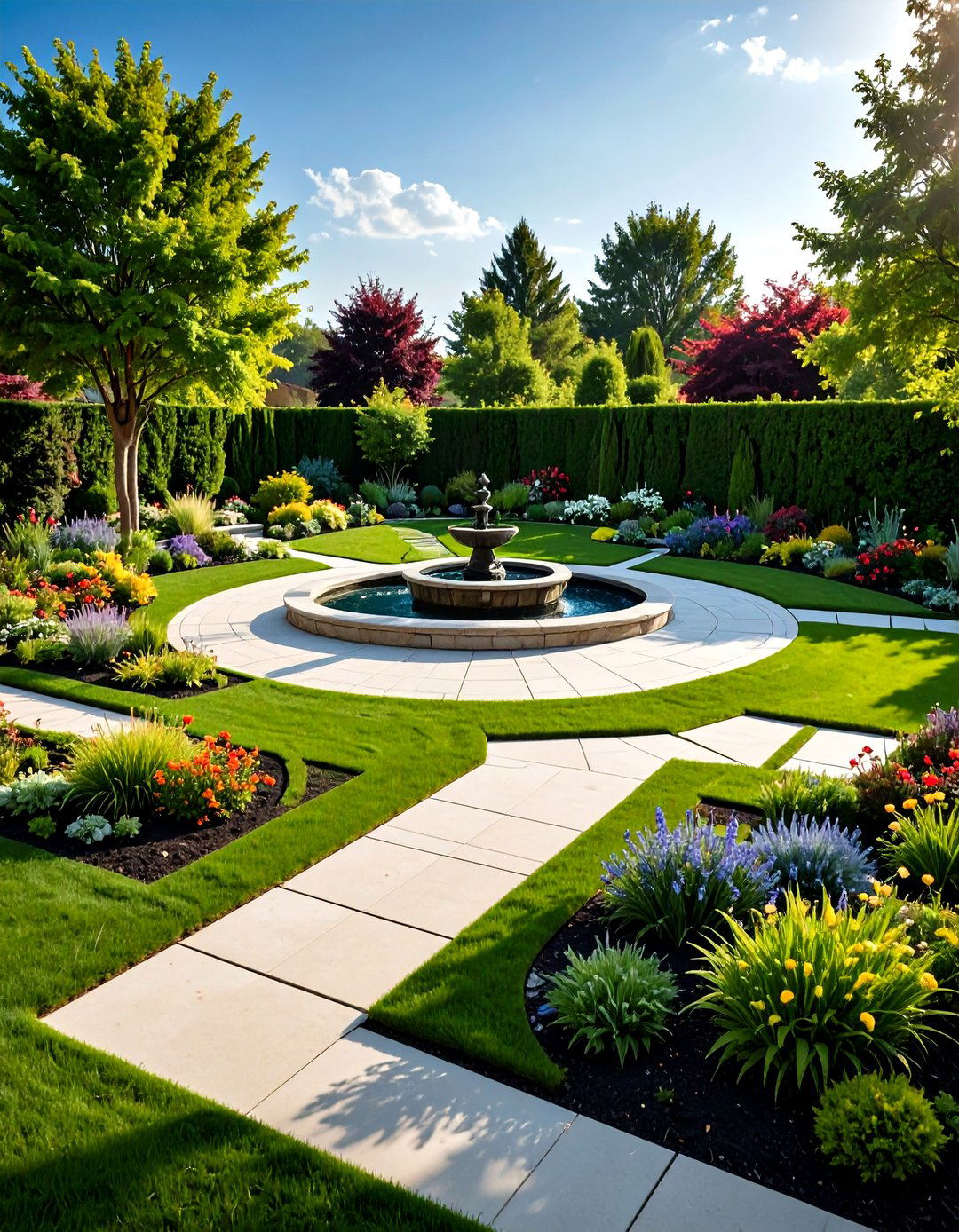
The timeless walled garden often follows a four-quarter design, with walls enclosing distinct planting beds divided by intersecting paths, all converging at a central wellhead, pool, or sculpture. This hortus conclusus model, dating back to medieval Europe, balances order with ornamental diversity by allowing gardeners to dedicate each quadrant to specific themes—herbs, vegetables, ornamentals, or cut flowers—while the center feature draws the eye and provides a sense of enclosure. Even on a small scale, this layout maximizes efficiency and visual harmony, creating intimate “garden rooms” that feel both purposeful and serene.
2. Vertical Planting Walls
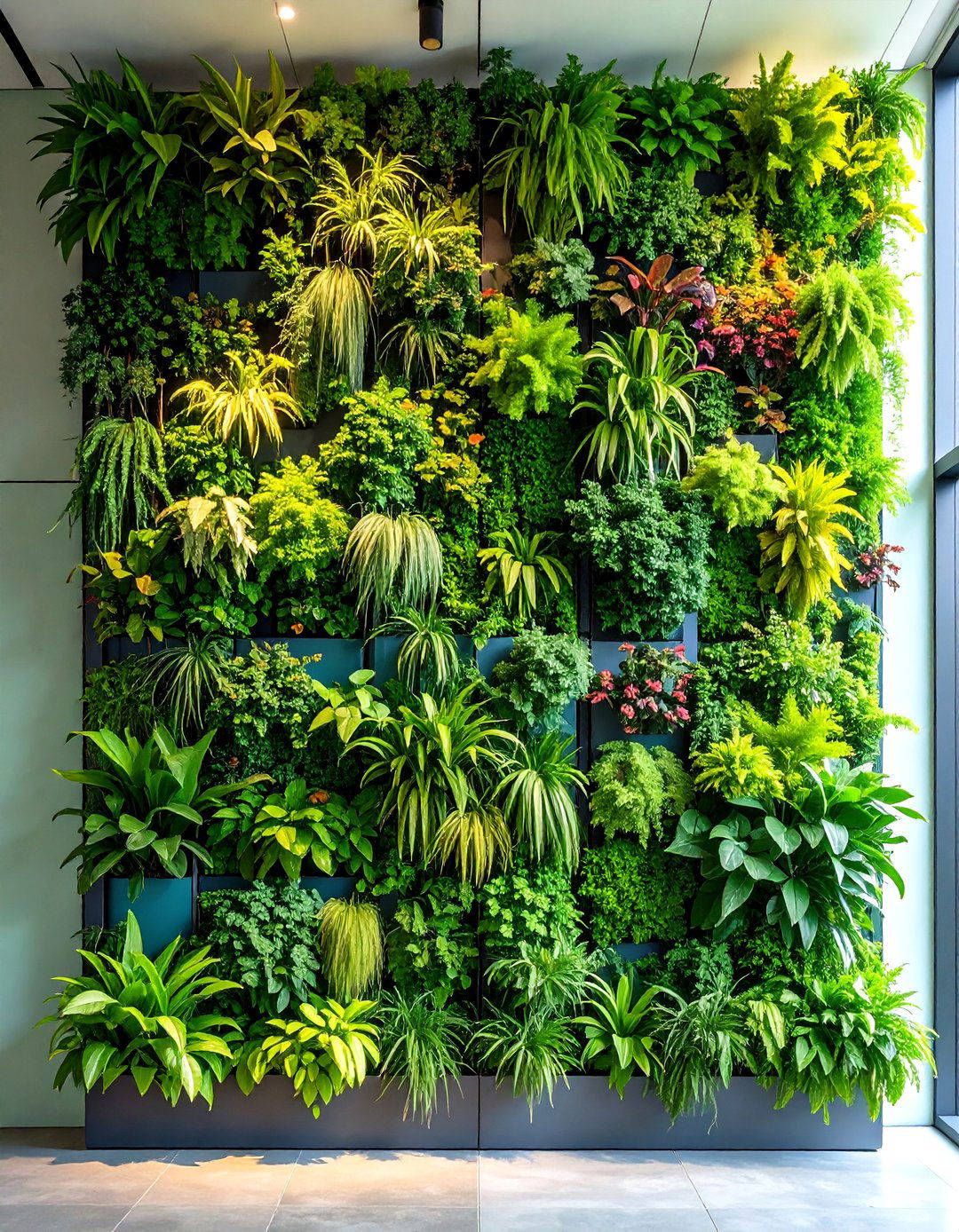
In tight spaces, leveraging vertical surfaces is essential. Installing modular living wall panels or wall-mounted planter systems enables a cascade of foliage or flowering plants to stretch skyward without encroaching on ground area. Suspended troughs, pocket planters, or custom metal grids support climbers and trailing species, creating lush green tapestries that soften hard masonry. This approach not only boosts planting density—ideal for growing edibles such as salad greens, herbs, and strawberries—but also adds height variation and visual depth, turning blank walls into dynamic, living canvases.
3. Architectural Trellis and Arbors
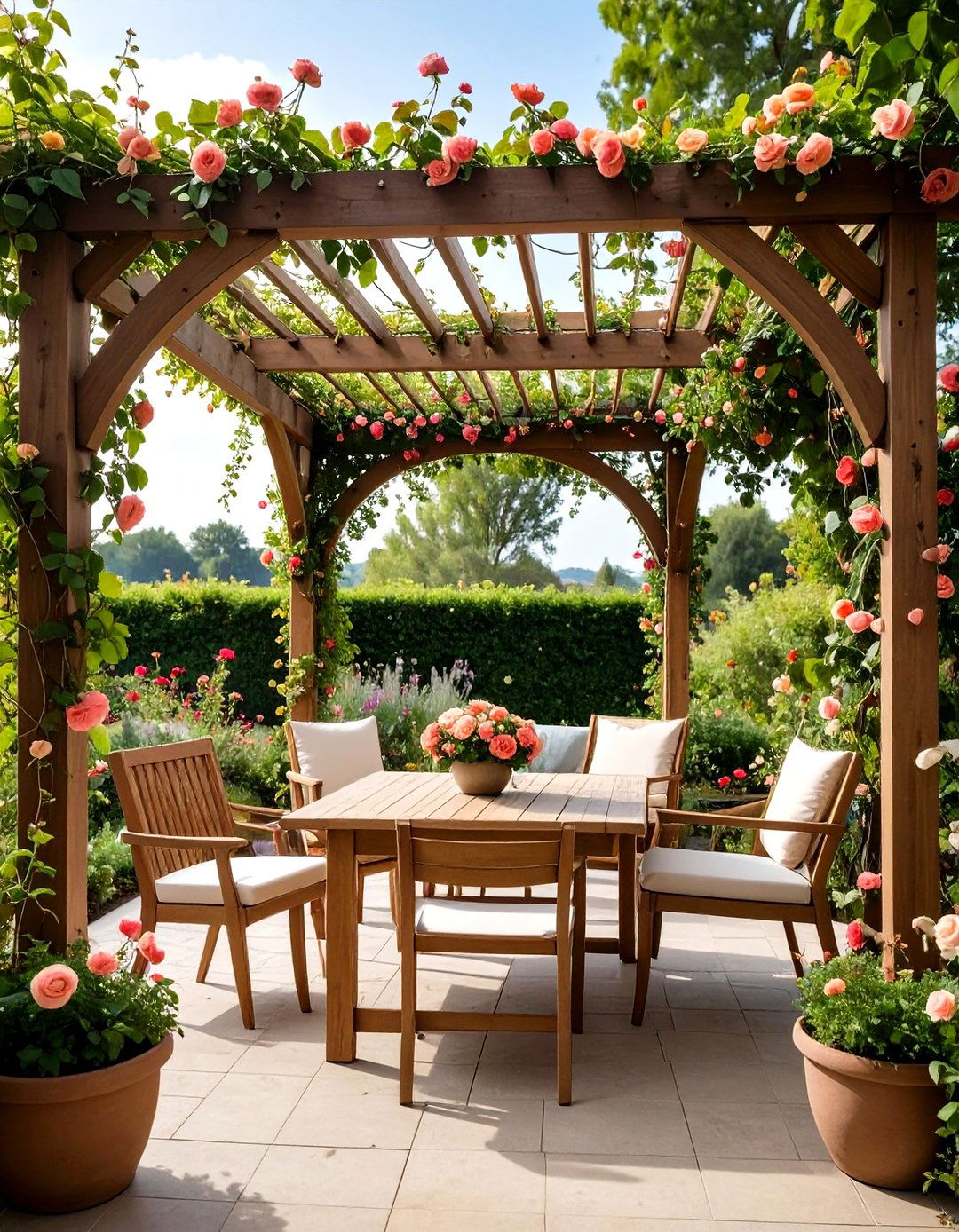
Integrating trellises or arbors against a wall introduces structural rhythm and climbing support for vines, roses, or espaliered fruit. Slim steel or timber lattices can define entryways, frame seating areas, or create shaded passages within the garden. Arbors painted in pale hues visually recede, emphasizing the greenery draped overhead, while ornate wrought-iron trellises lend an antique charm. By combining functional support with decorative detail, these elements bridge the gap between architecture and planting, enriching the garden’s textural dialogue.
4. Espaliered Fruit Trees

Training fruit trees flat against a wall—espalier—saves space while yielding abundant harvests. Techniques such as the horizontal cordon, fan, or Belgian fence allow apples, pears, and figs to thrive in narrow strips, benefiting from reflected heat against sun-warmed masonry. The repeated branching patterns create rhythmic focal points, and spring blossoms add seasonal spectacle. With minimal footprint and easy pruning, espaliers transform a simple wall into a productive tapestry, combining edible utility with the architectural beauty of gnarly trunks and delicate foliage.
5. Integrated Seating Niches
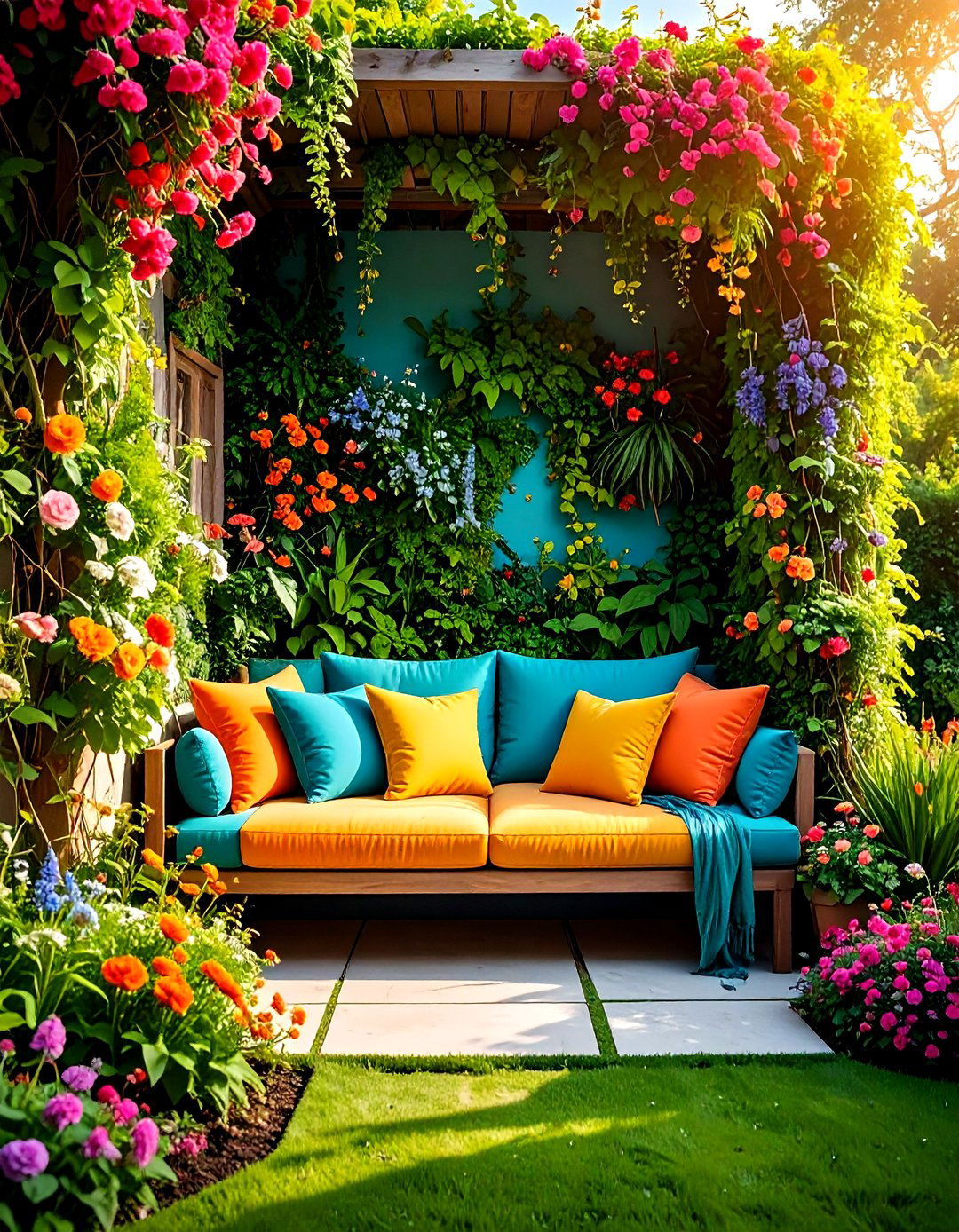
Carving out recessed seating areas within a garden wall invites relaxation and conversation. Benches built into niches or alcoves—perhaps flanked by climbing roses or clematis—create private hideaways, protected from wind and view. Stone or brick benches echo the wall’s materials, while cushions and potted accents soften the contour. Strategic planting overhead, such as a small trellis or arch, filters sunlight and offers a canopy for dappled shade. These cozy retreats make the most of limited surfaces, turning walls into multifunctional elements that both support plants and host people.
6. Reflective Water Feature

A small reflective pool or wall fountain amplifies light and sound, enhancing the sensory experience. A mirror-like basin edged in stone or tile sits flush against the wall, echoing architectural symmetry while providing habitat for water lilies or floating greenery. The gentle trickle of water over a narrow spout carved into the masonry adds ambient motion, softening the garden’s geometry. In tight quarters, such water features serve as focal anchors, drawing the eye and introducing natural audio elements without sacrificing valuable planting space.
7. Container Gardens on Wall Ledges
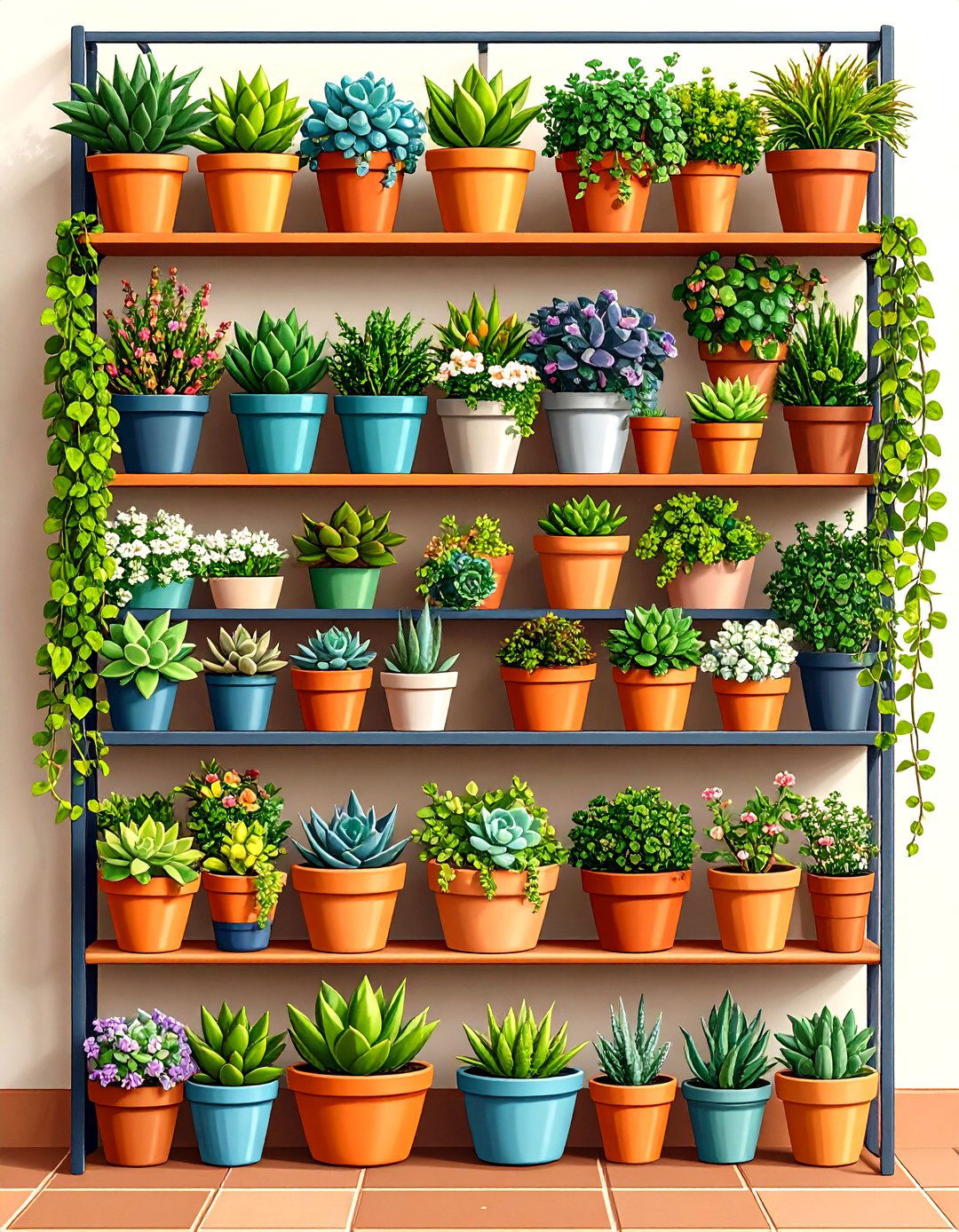
Utilizing wall-mounted shelves or built-in ledges to house containers expands planting options. Terracotta pots, recycled clay crocks, or sleek metal planters can line staggered niches, supporting succulents, annuals, or trailing vines. Grouping containers by height and texture—tall urns above low bowls—creates layered depth. This method allows seasonal rotation, so winter foliage and summer blooms can interchange effortlessly. By anchoring containers to the wall, gardeners can introduce a medley of colors and forms without permanent ground beds, preserving flexibility and ease of maintenance.
8. Climbers and Vine-Covered Walls

Encouraging climbers such as clematis, honeysuckle, or climbing roses to ascend solid walls softens hard lines and adds fragrant blooms. Installing discreet wires or eye-hooks near the top allows vines to trail downward, creating a living curtain that mitigates sun glare and enhances privacy. Evergreen climbers—ivy, euonymus, or winter jasmine—ensure year-round coverage, while deciduous varieties bloom in succession, providing seasonal highlights. This strategy transforms blank masonry into verdant tapestries, blurring the boundary between structure and nature.
9. Raised Planter Beds Against Walls
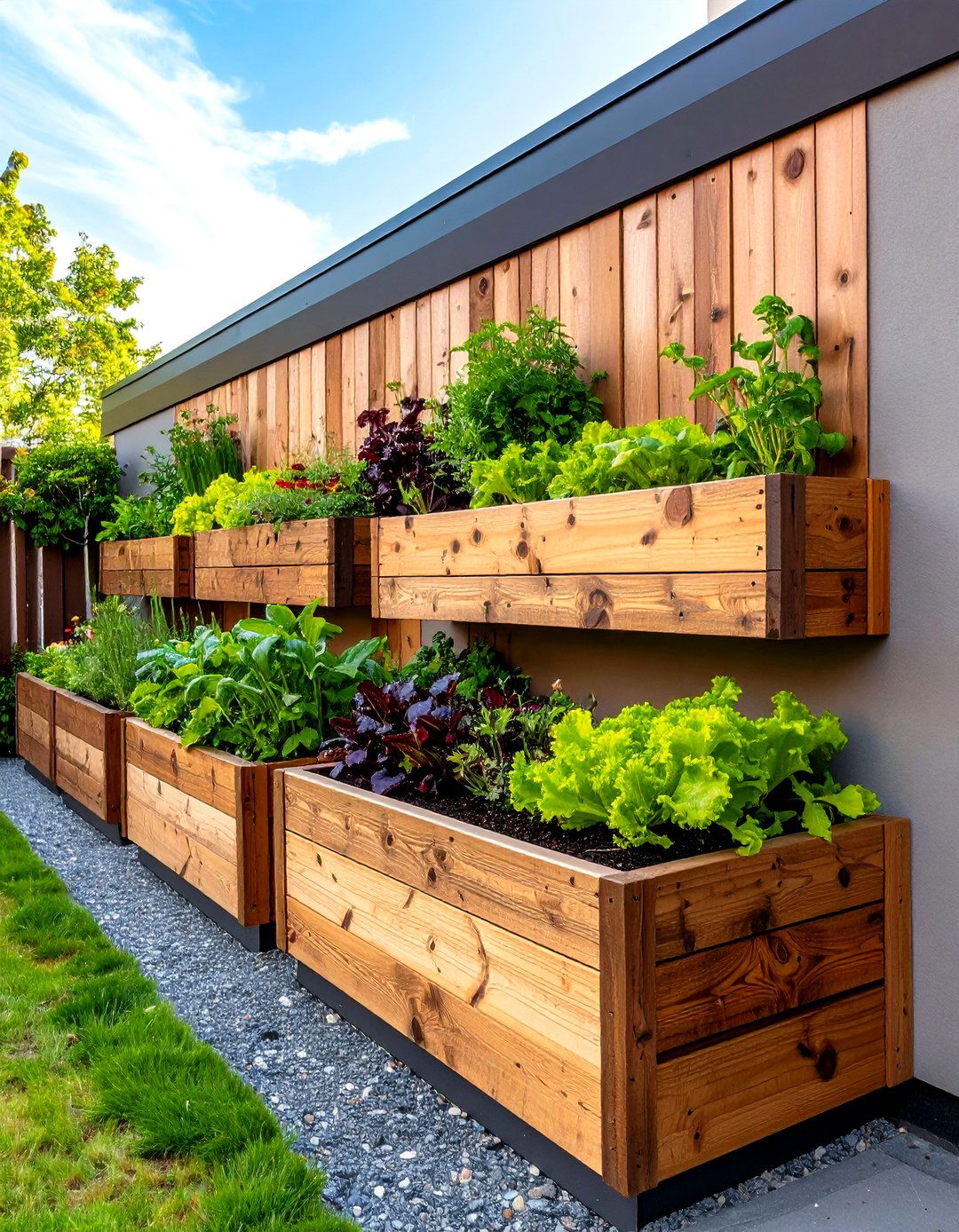
Building raised beds flush to the perimeter walls enables deeper soil profiles for vegetables and shrubs. Framed with reclaimed brick or weathered wood, these beds allow roots to spread and improve drainage, ideal for growing root vegetables, herbs, or compact shrubs. The raised height reduces bending strain and defines planting zones, while the walls’ thermal mass extends frost-free periods by radiating stored heat. Incorporating pockets for seating or decorative elements within the bed’s coping adds functional and aesthetic cohesion.
10. Mosaic or Tile Wall Art

Applying mosaic tiles or ceramic accents to a section of wall introduces color and pattern. Designers may create geometric borders, floral motifs, or abstract panels embedded directly into mortar joints. Weather-resistant porcelain or hand-painted terracotta withstands the elements and reflects sunlight, enlivening shaded corners. Tile artistically integrated above a bench or fountain becomes a focal mosaic tableau. This artisanal technique blends hardscaping with artistic expression, offering a low-maintenance yet visually striking embellishment that personalizes the walled enclosure.
11. Rustic Brick or Stone Wall Surfaces
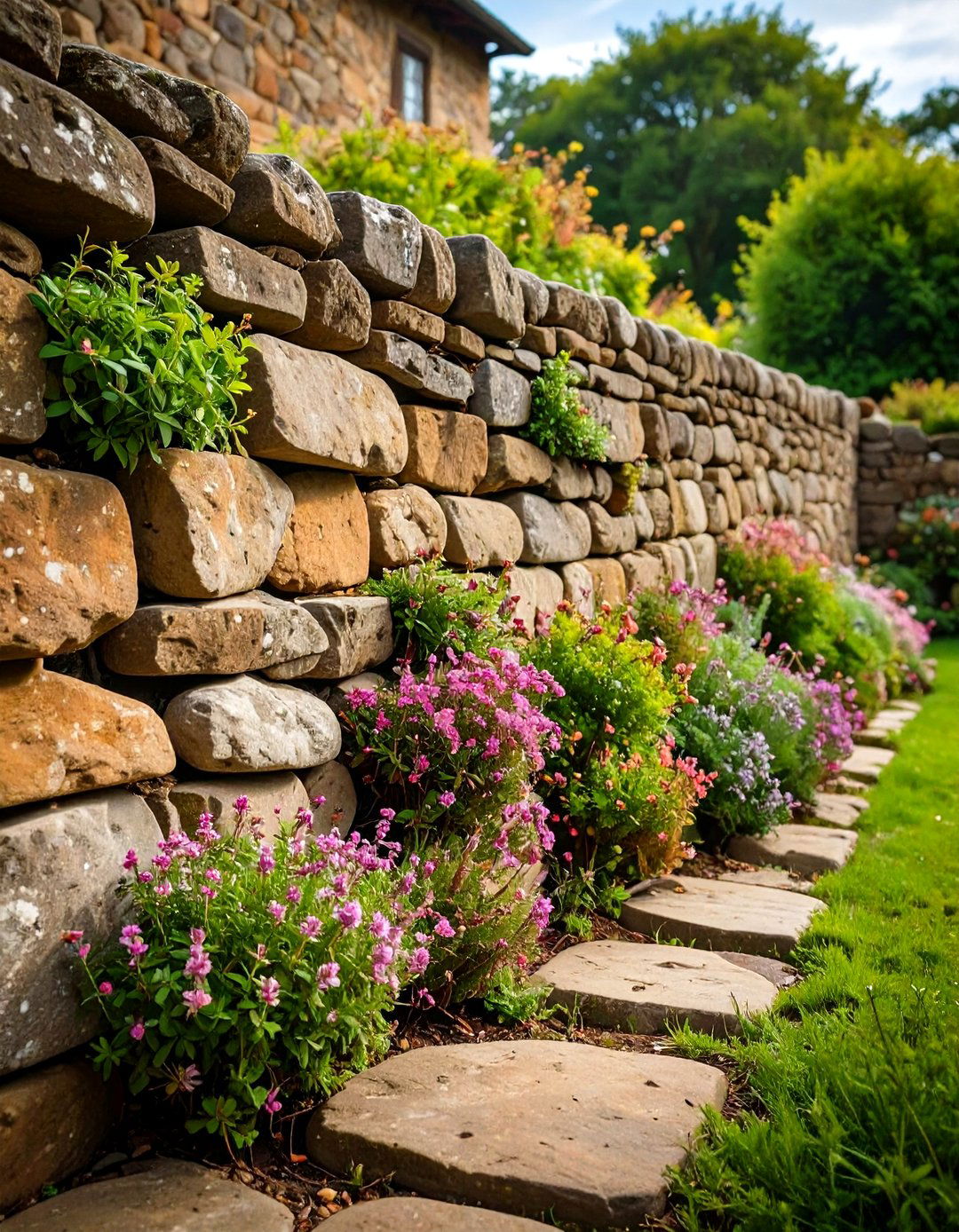
Celebrating the raw texture of aged brick or natural stone walls lends character and warmth. Irregular stone courses or reclaimed redbrick, left unpainted, reveal historic patina and harmonize with informal plantings. Mortar joints can host creeping thyme or sedum, softening edges. Contrasting a rough masonry backdrop with lush borders—such as ribbons of grasses or spilling perennials—creates dynamic interplay between hard and soft elements. This rustic aesthetic anchors the garden in tradition, fostering an atmosphere of timeless serenity.
12. Modern Minimalist Walls with Planter Strips
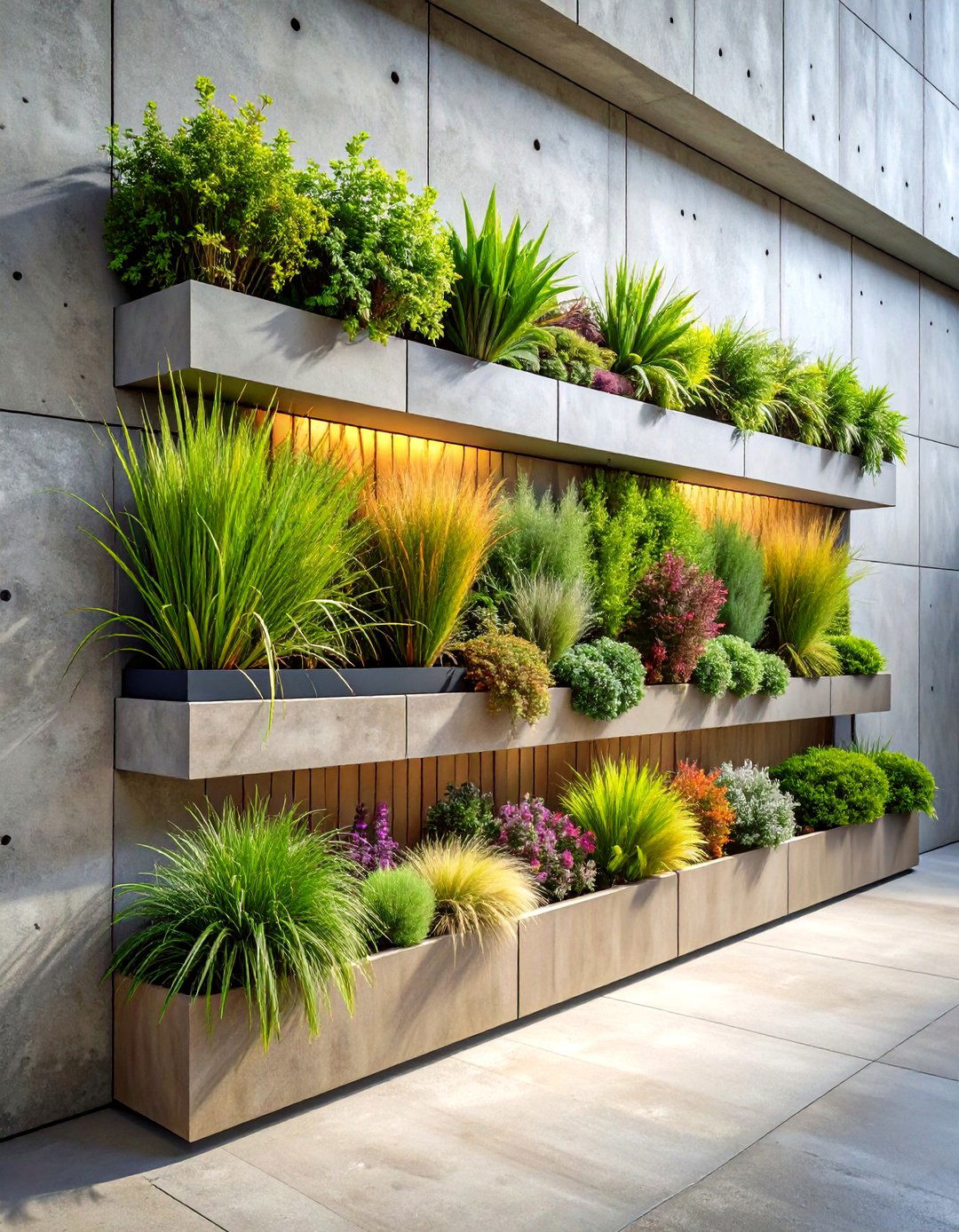
Sleek concrete or rendered walls fitted with narrow horizontal planter strips offer a contemporary counterpoint. The clean lines emphasize foliage mass, allowing uniform grass-like sedges, tussock-forming perennials, or climbing succulents to punctuate the façade. Integrated irrigation systems hidden within the wall ensure even moisture, while minimal planting palettes—monochromatic greens or variegated whites—enhance visual calm. This refined approach suits urban courtyards, pairing austerity with lush pockets of life.
13. Living Wall (Green Wall) Panels
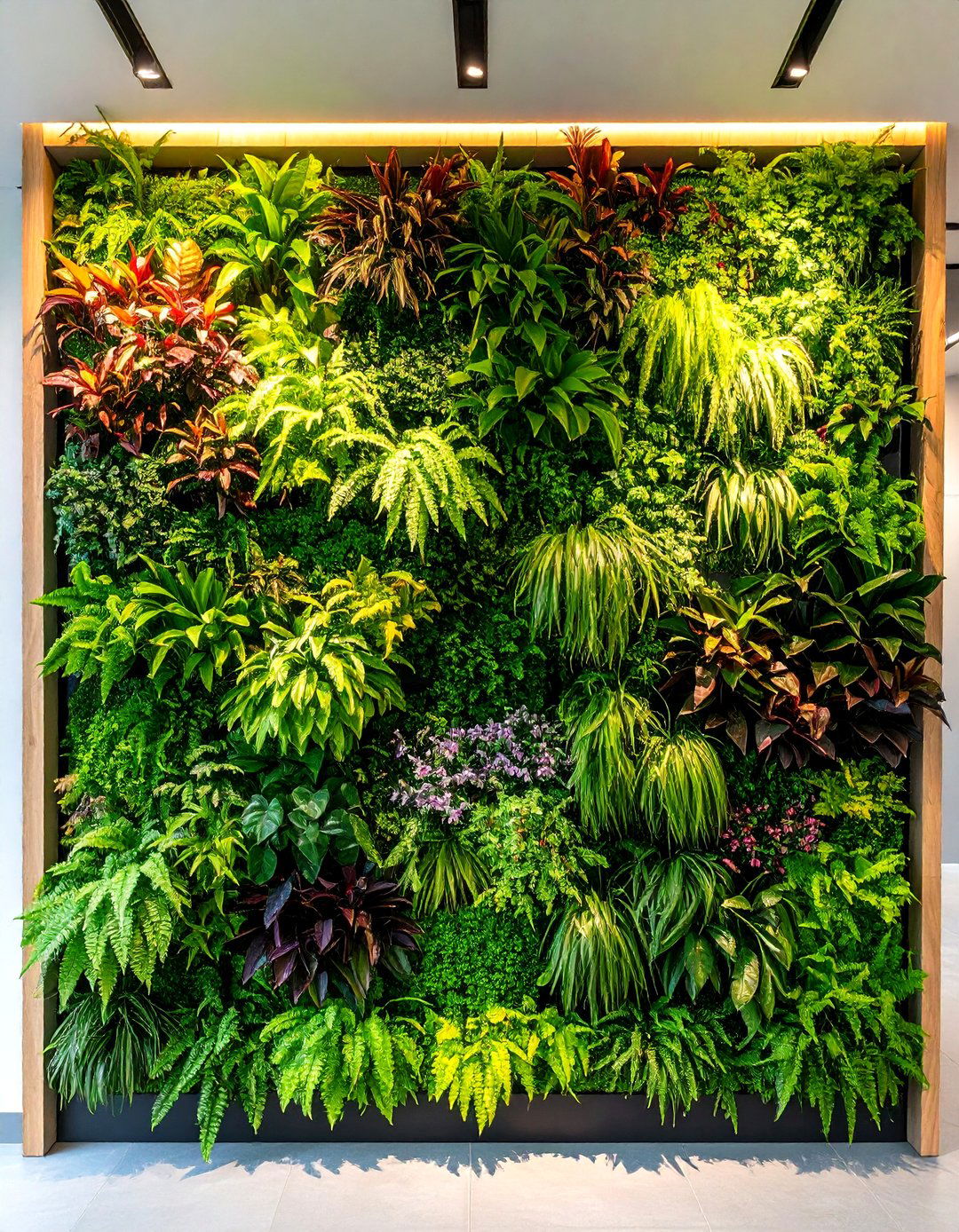
Prefabricated green wall modules create instant vertical gardens, supporting hundreds of plants in a matrix. Panels knit together to form a continuous living tapestry, complete with built-in drip irrigation and nutrient delivery. Species selection—ferns, bromeliads, philodendrons—can be tailored to light conditions. The verdant surface absorbs runoff, insulates masonry, and improves microclimate comfort. While installation has higher upfront costs, the maintenance ease and rapid transformation make living walls a compelling option for small enclosures seeking maximum greenery.
14. Embellished Gates and Doorways

A decorative entrance sets the tone for the walled garden experience. Restored gatehouses—such as the Lion & Unicorn Gate at Untermyer Gardens—demonstrate how sculptural gateways can evoke historic romance and mystery. Ironwork gates with filigree motifs, flanked by pilasters or lanterns, establish threshold drama. Vaulted wooden doors clad in climbing jasmine or ivy meld structure with living flora. Gateways adorned with corbels, keystones, or carved reliefs blend functional passages with artistic storytelling.
15. Courtyard Dining Areas
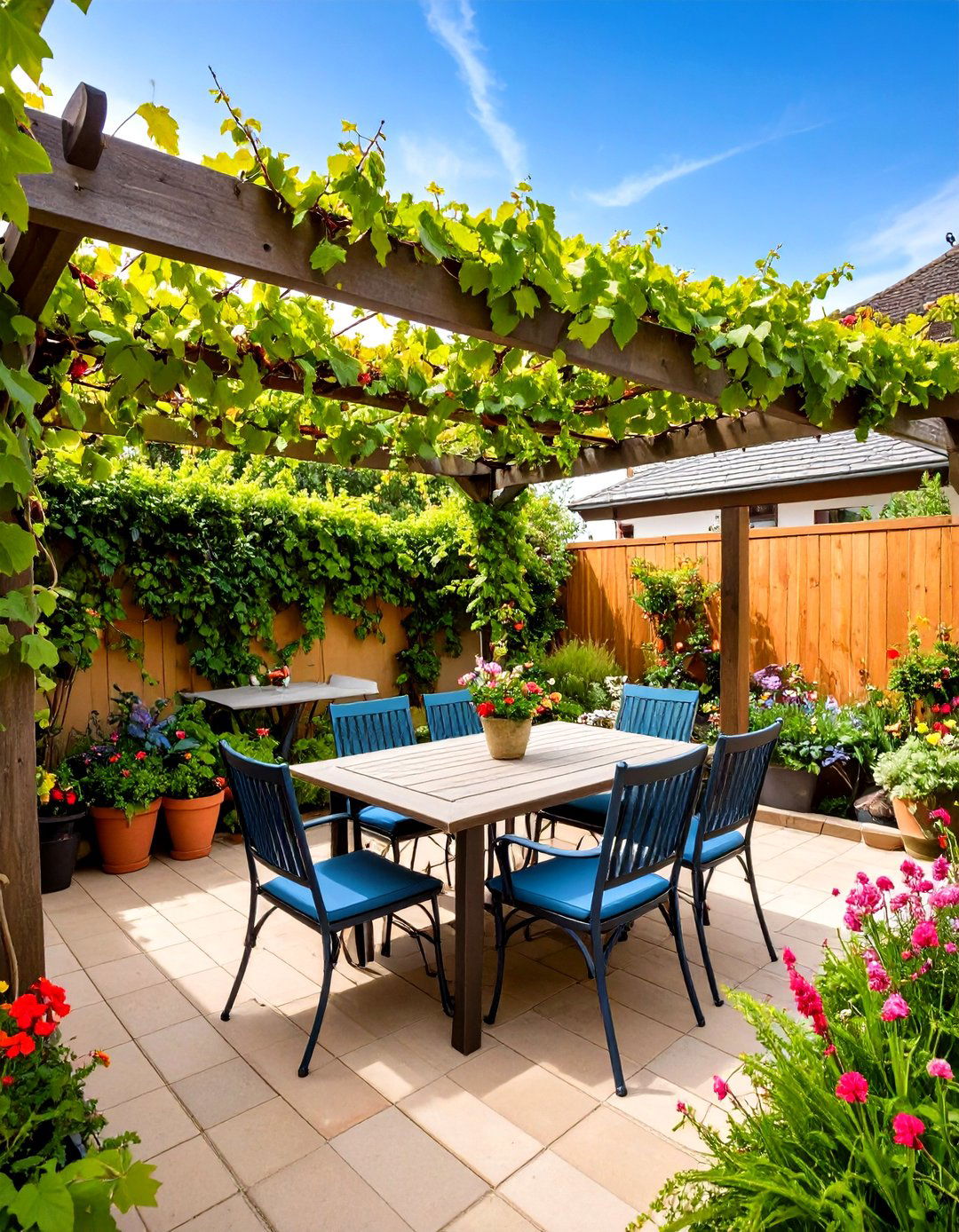
Extending indoor entertainment outdoors, a compact dining spot nestled against a wall creates convivial ambiance. A small bistro table with foldable chairs fits into narrow lanes, while overhead trellises enshrouded in grapevine or wisteria filter sunlight. Wall-mounted sconces or string lights soften evening gatherings. The adjacent wall can host a built-in sideboard or potting shelf for serving platters, integrating culinary convenience with garden charm.
16. Miniature Greenhouse within Walls
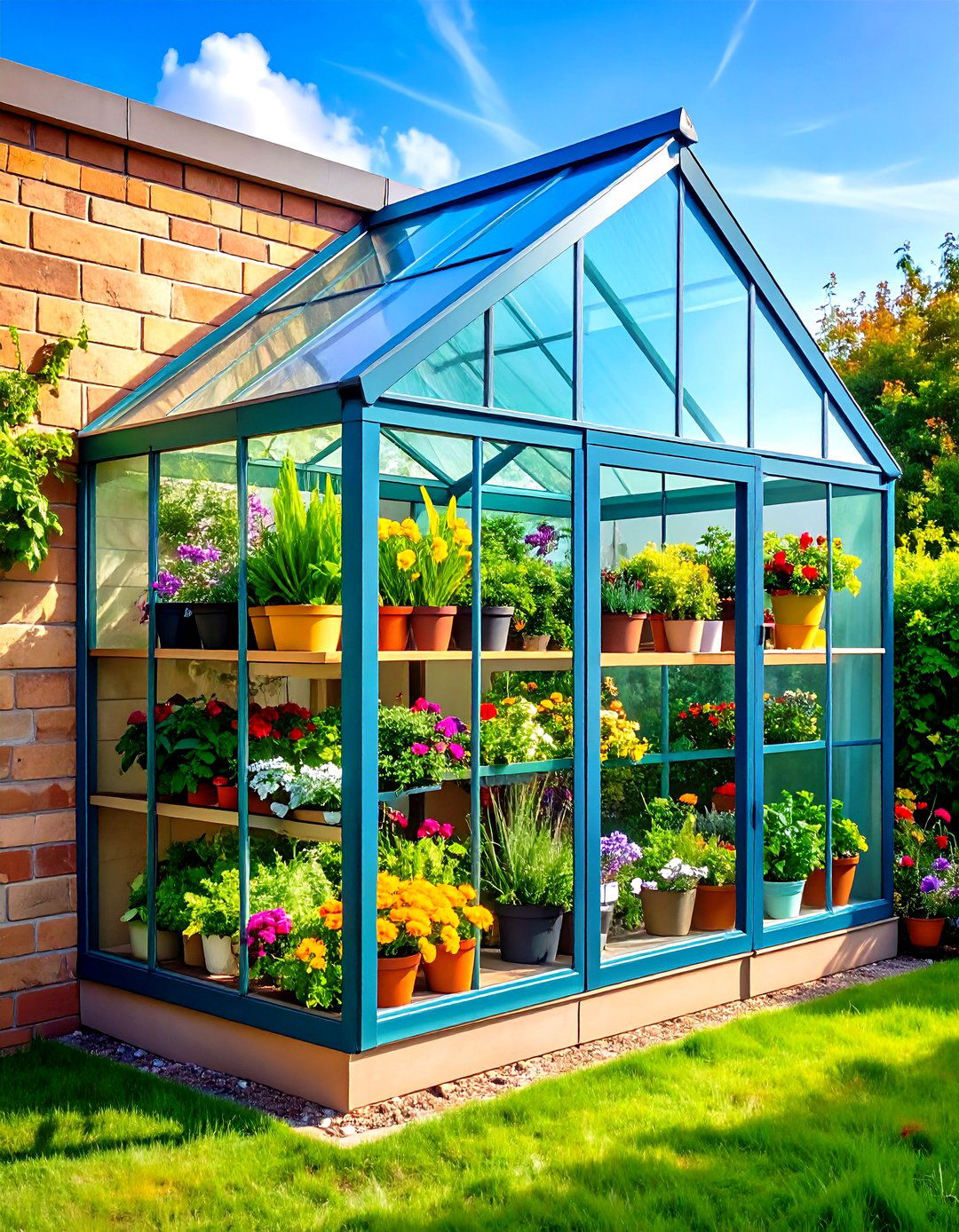
Incorporating a slimline greenhouse into a wall niche extends the growing season. Lean-to structures with glazed roofs and sliding panels provide sheltered environments for starting seedlings or nurturing tender specimens. Painted to complement surrounding masonry, the greenhouse becomes an architectural feature rather than an afterthought. Heat from the wall radiates inward, boosting insulation, while integrated shelving maximizes vertical propagation space. Even a small glass structure yields disproportionate utility for avid growers.
17. Aromatic Herb Strip Gardens

Dedicating narrow wall-margin strips to herbs capitalizes on microclimates. Rosemary, lavender, thyme, and sage thrive in sunny, well-drained soil warmed by nearby masonry. Planted along the sunniest wall, these hardy perennials require minimal fertility, deliver year-round fragrance, and offer culinary harvests. Replacing grass or generic edging with herbaceous borders not only defines pathways but also rewards passersby with aromatic breezes and pollinator activity.
18. Shade-Tolerant Underplanting

Walls often cast narrow shadows; selecting shade-loving groundcovers and perennials makes the most of these pockets. Species like hostas, ferns, and heucheras perform beautifully beneath espalier frames or within alcoves. Their lush foliage contrasts with stark masonry, while low-maintenance habits suit shaded microzones. For deeper shade, great ferns (Dryopteris) and lamium provide cascading greenery. Underplanting prevents bare soil, suppresses weeds, and unifies the garden’s palette with texture-rich, cool-toned plants.
19. Seasonal Color Rotation Zones
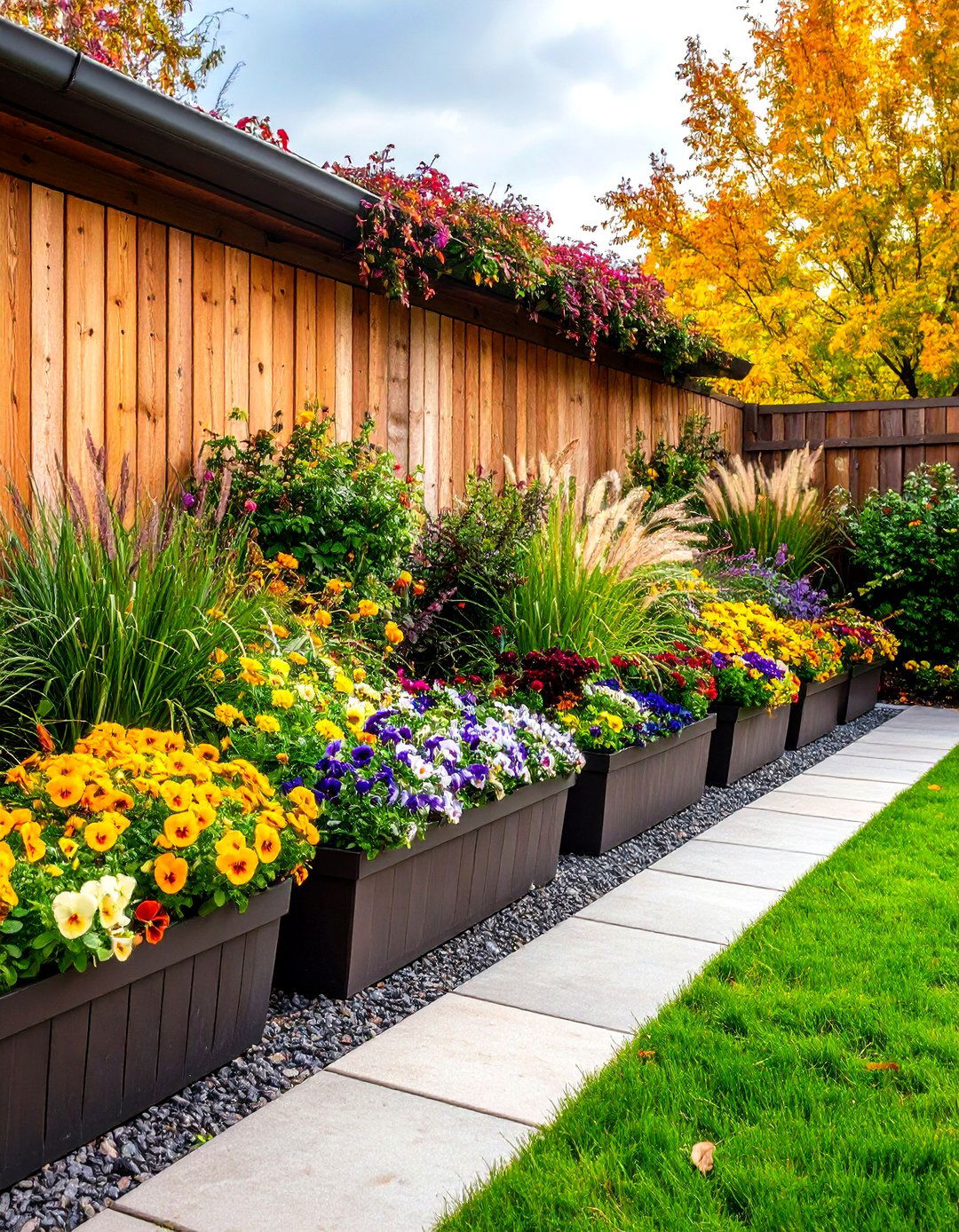
Planning for seasonal succession keeps small gardens vibrant year-round. Implementing cool-season annuals—pansies, violas, and ornamental kale—in early spring, transitioning to heat-loving marigolds, salvias, and dahlias through summer, then reverting to mums or ornamental grasses in autumn ensures continual display. Container groupings and border pockets can be swapped en masse, while wall pockets allow rapid replanting. This rhythmic approach maximizes interest and reflects natural cycles, making even compact enclosures feel dynamic.
20. Sustainable Materials and Eco-Friendly Walls
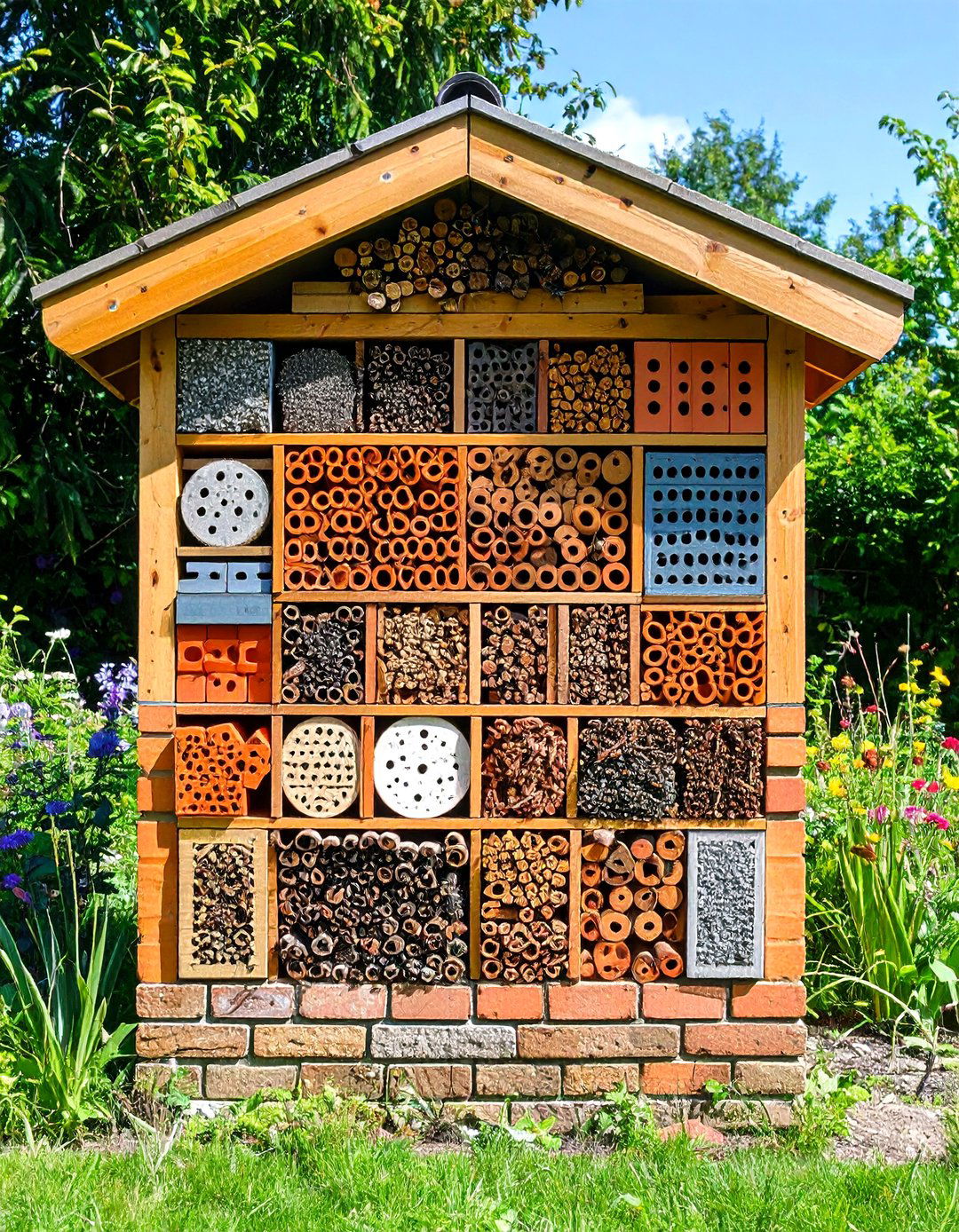
Choosing recycled or low-carbon materials for wall construction reduces environmental impact. Eco-bricks like Kenoteq K-Briqs—made from recycled plastics and exhibiting a fraction of traditional brick’s carbon footprint—serve as insect hotels and structural elements, as seen at Hampton Court’s award-winning Subaru Cocoon garden. Permeable mortars, green-roof fragments, and reclaimed timbers further enhance biodiversity. Integrating grow-through blocks or wildlife-friendly cavities promotes ecological connectivity, turning the garden wall into both a barrier and a habitat.
Conclusion:
By weaving together classical layouts, vertical innovation, and thoughtful material choices, small walled gardens can become verdant sanctuaries regardless of footprint. Incorporating quadrant designs with focal centers establishes foundational order, while living walls, trellises, and espaliered fruit trees amplify planting area and seasonal interest. Water features, mosaic art, and seating niches enrich sensory engagement, and sustainable materials ensure ecological harmony. From aromatic herb strips warmed by sun-lit masonry to miniature greenhouses that extend growing seasons, these twenty ideas demonstrate how walls can evolve from mere boundaries into dynamic partners in garden design, yielding spaces of intimacy, productivity, and beauty.


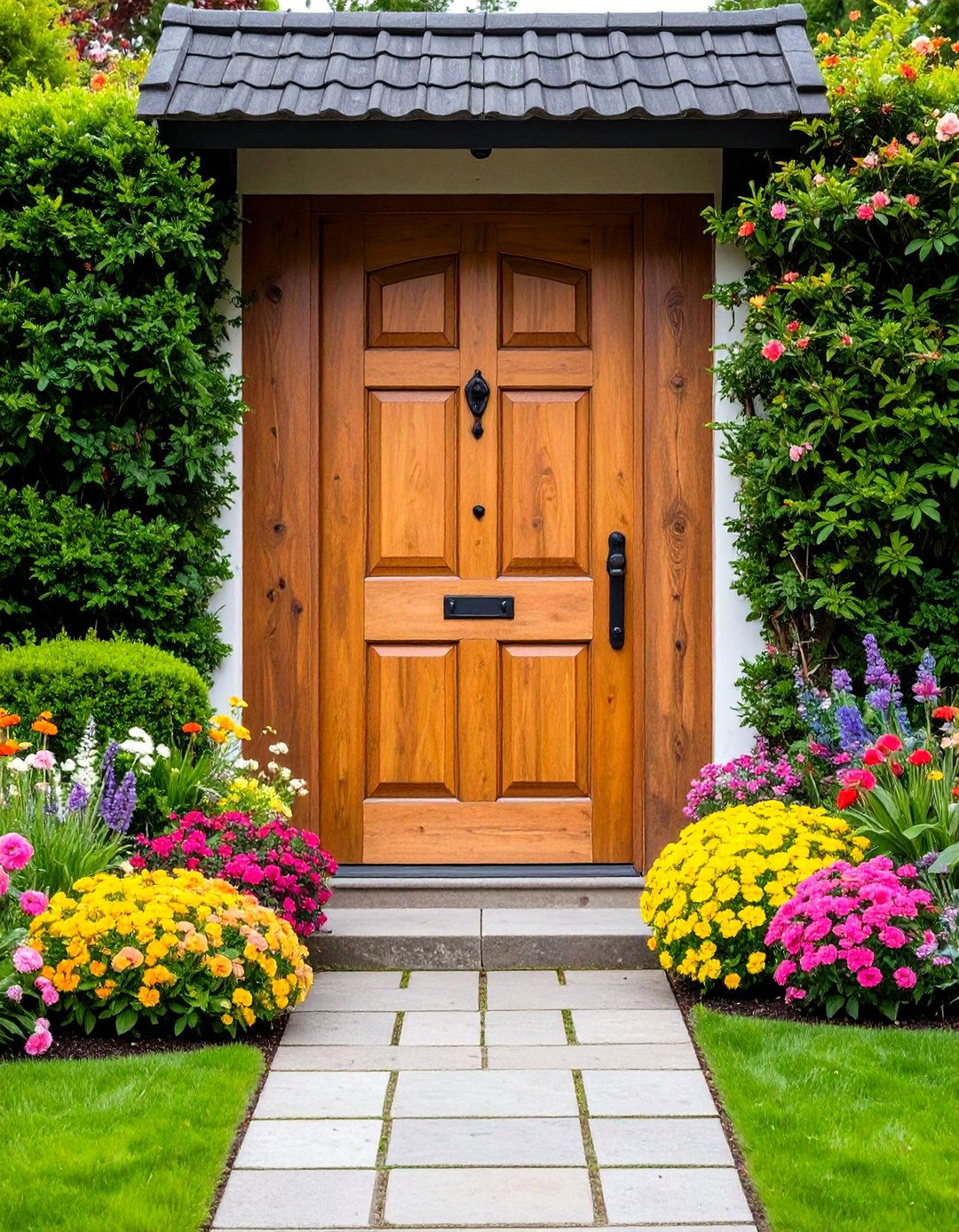
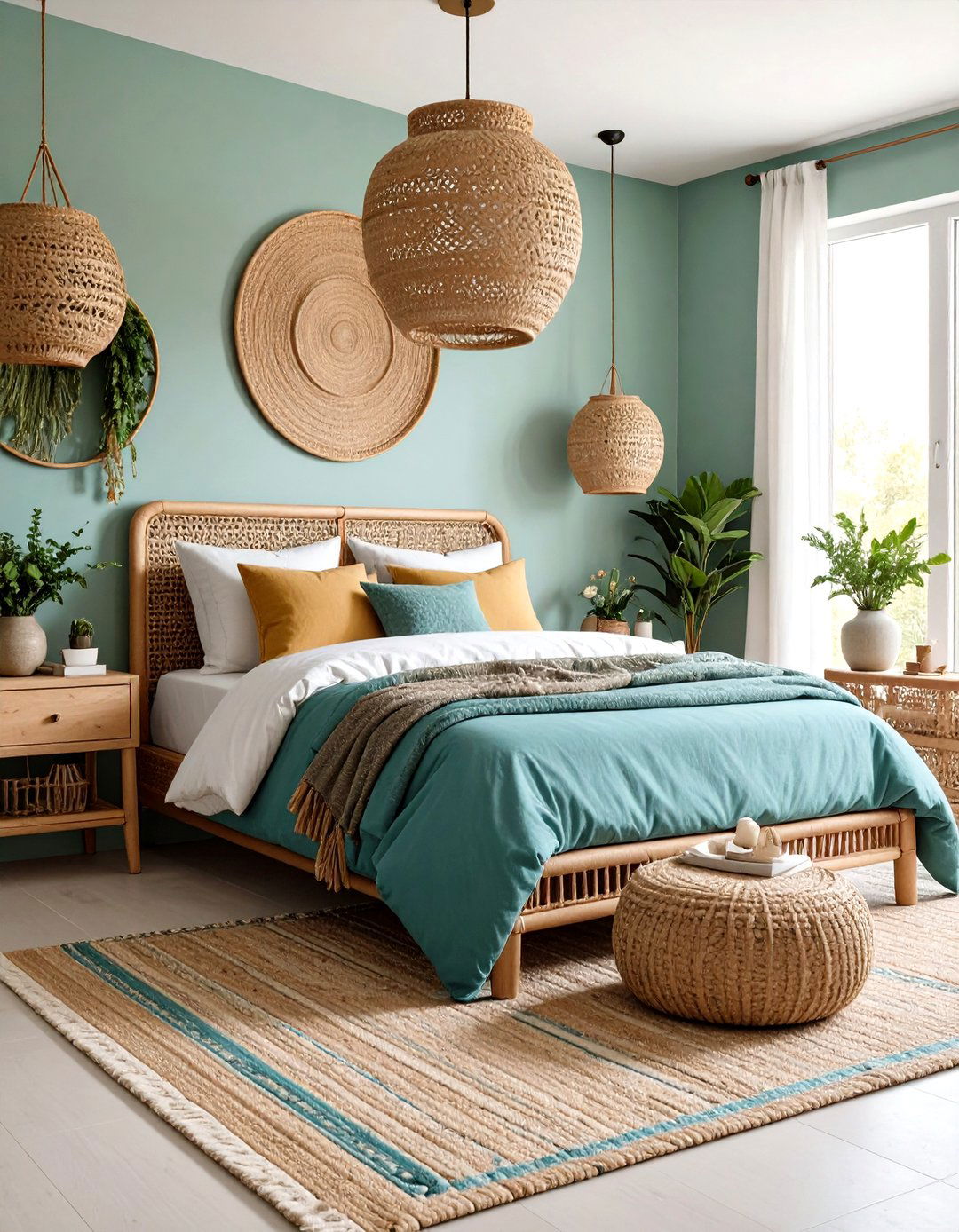

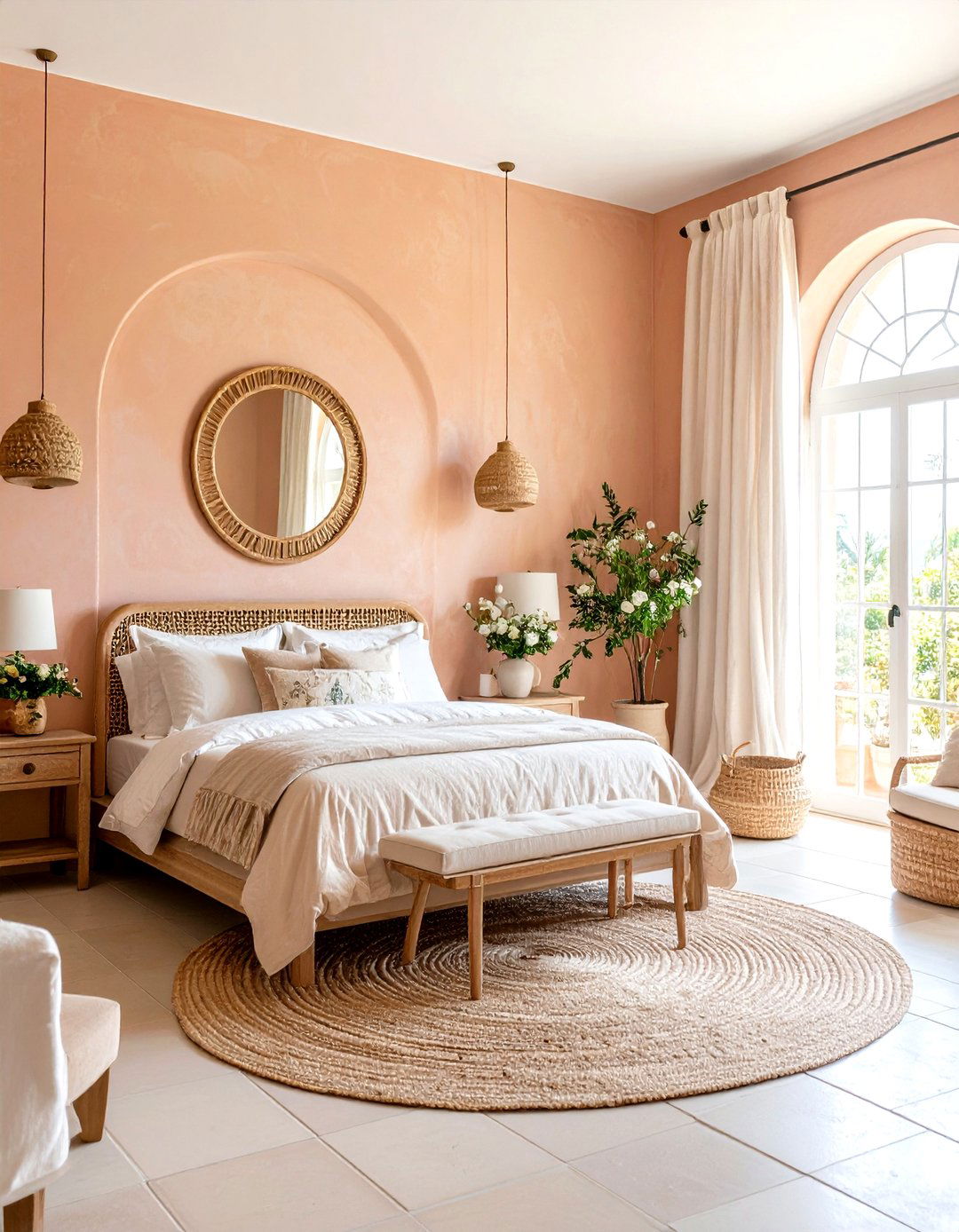
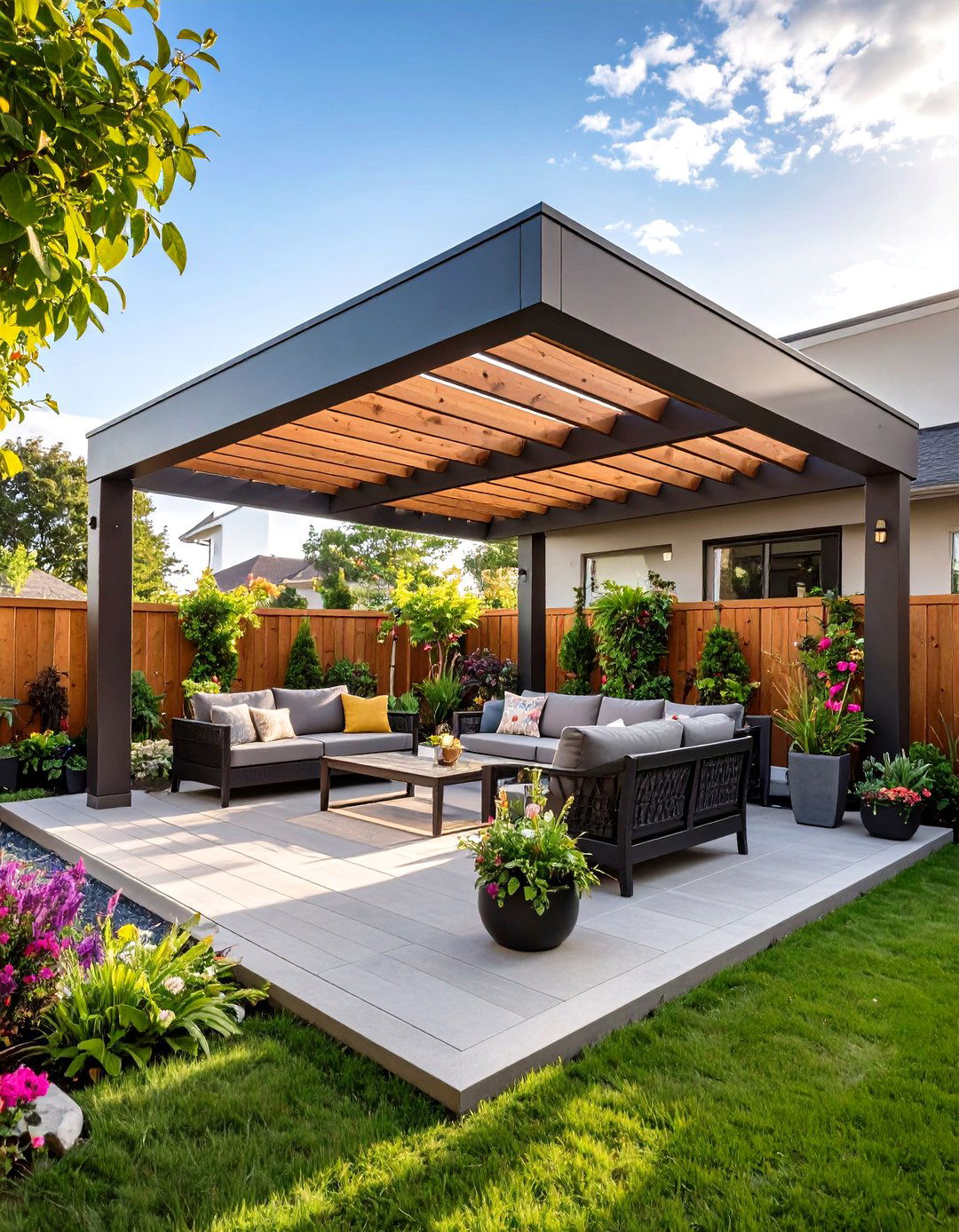
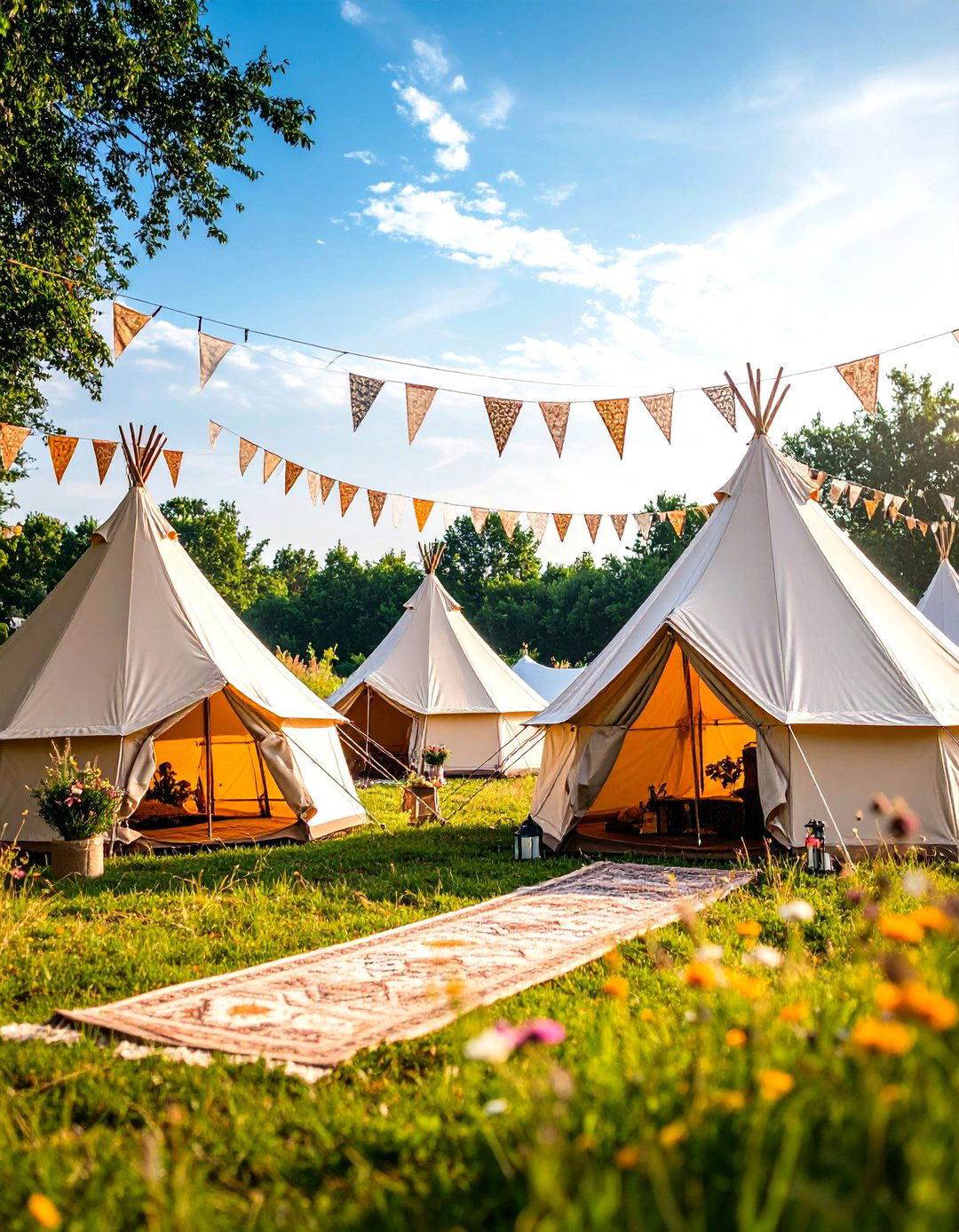
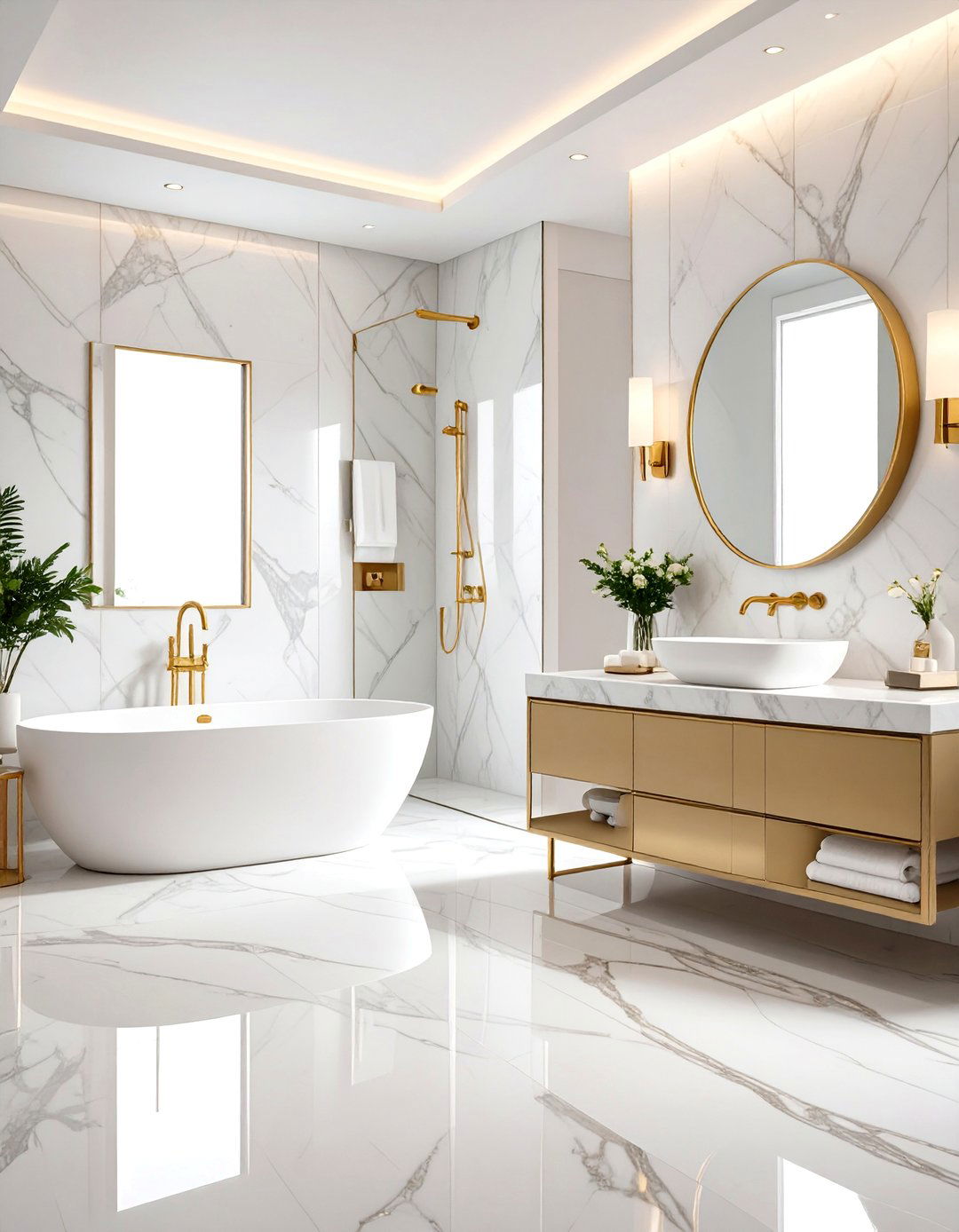


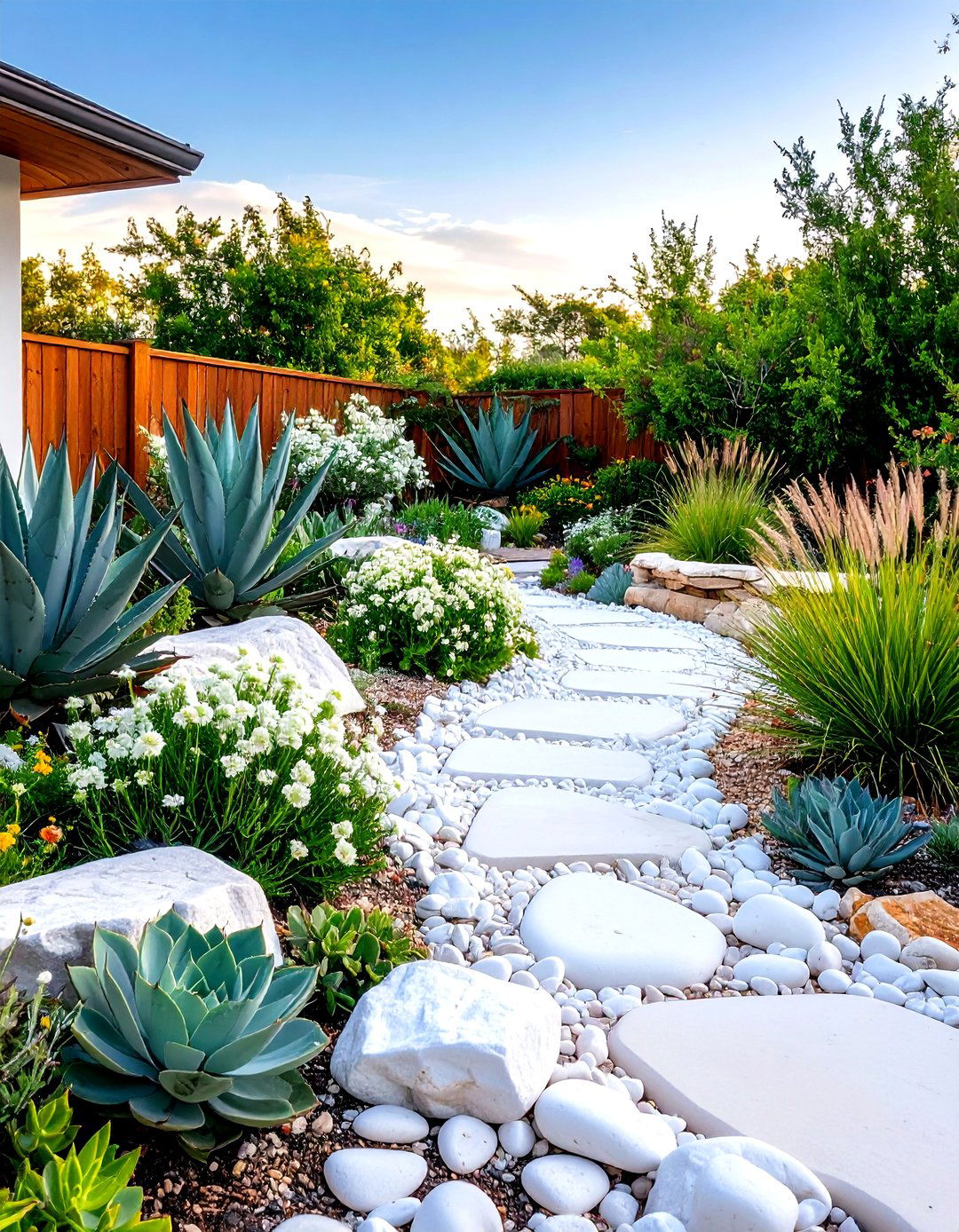
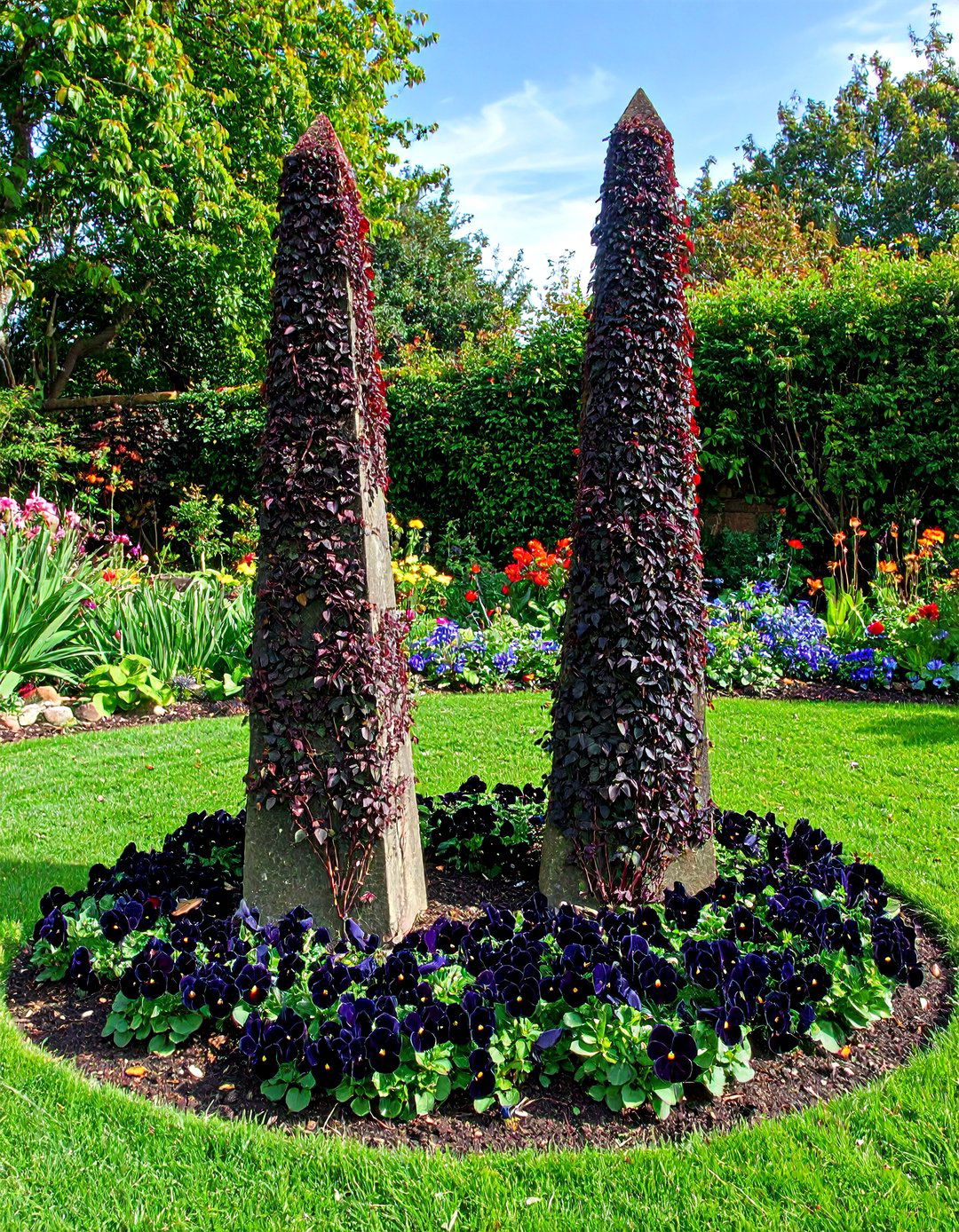
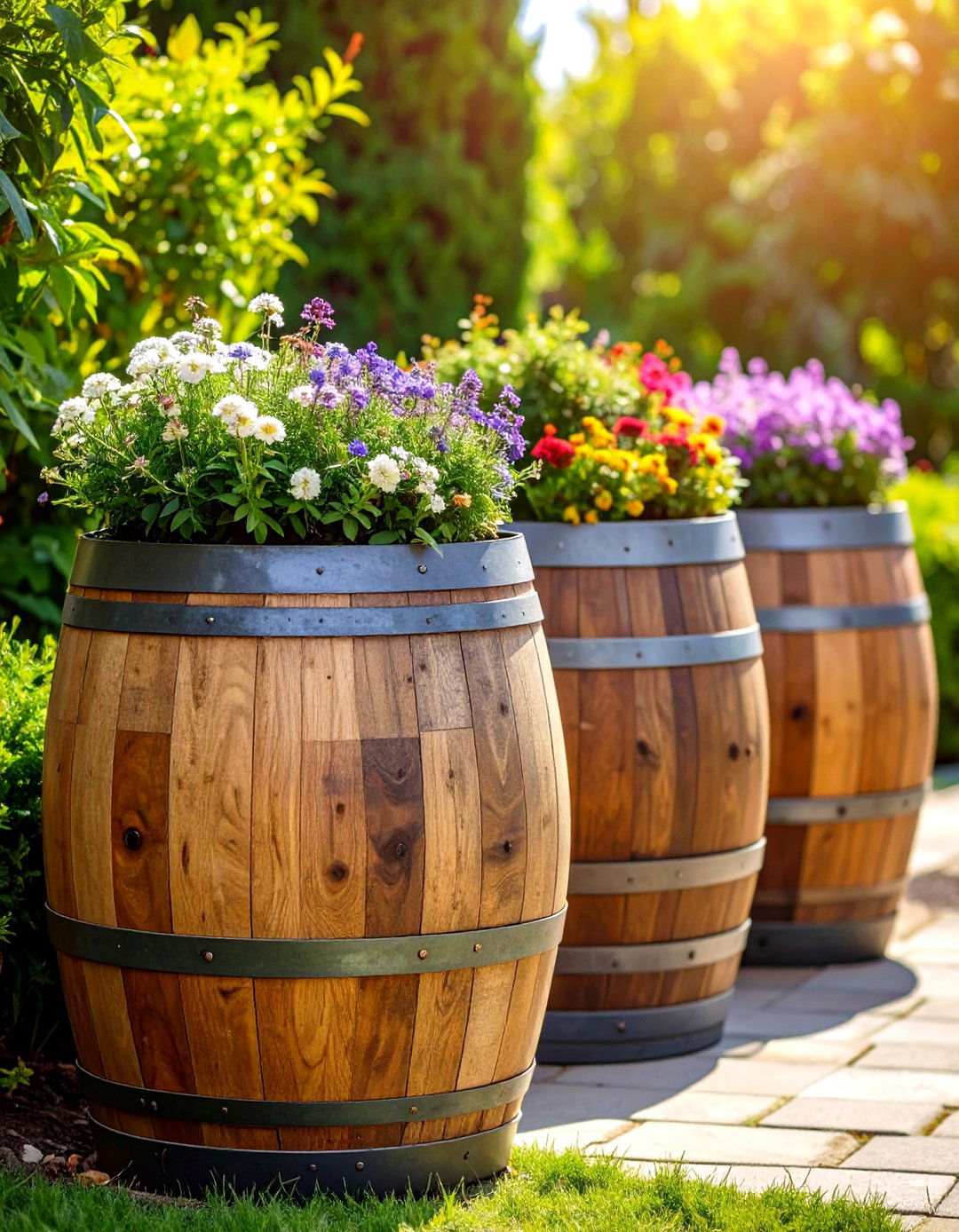
Leave a Reply